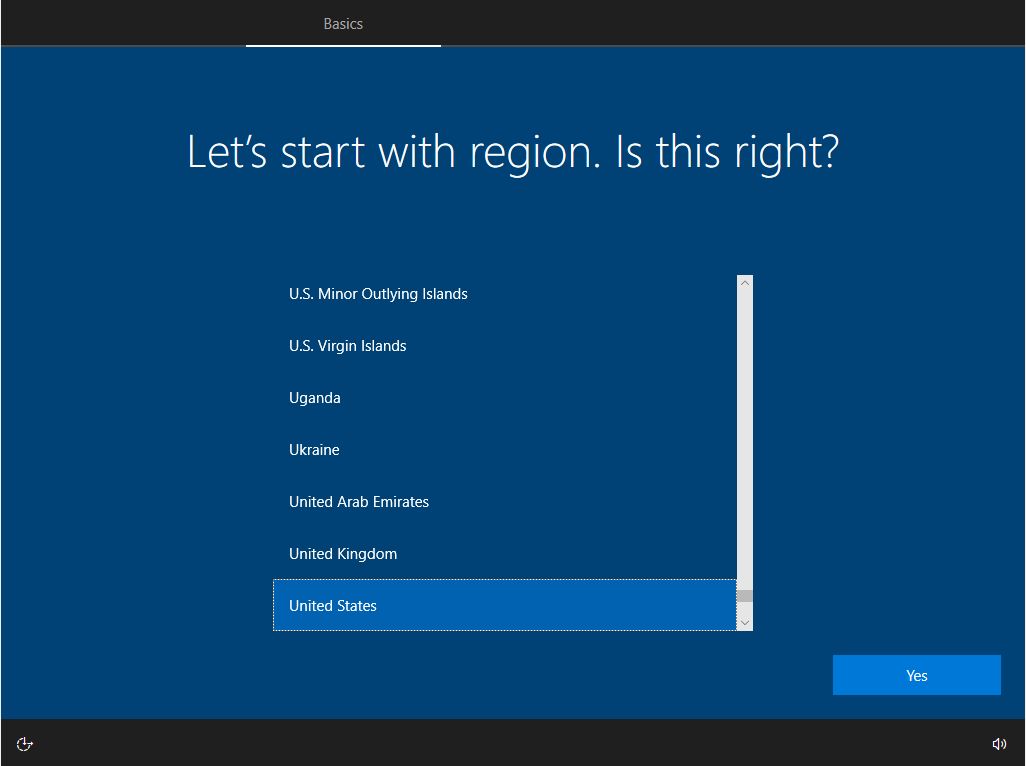


With the disc in the drive, BIOS (basic input/output system) should recognize and include it in the list. If the drive is not shown, keep the disc is inserted and reboot the computer. Or, set the first boot device to your USB drive if you're trying to boot from a USB thumb drive. Set the CD, DVD, or disc drive as the first boot device if you are trying to boot from a disc.
#INSTALLING MICROSOFT WINDOWS 10 HOW TO#
How to enter and exit the BIOS or CMOS setup.Changing the boot process forces the computer to look for the Windows installation disc before booting from the hard drive.
#INSTALLING MICROSOFT WINDOWS 10 INSTALL#
To start the Windows install or upgrade process, you need to configure your computer to boot from a CD or DVD before booting to the hard drive. These copies of Windows are pirated software and could contain anything, including spyware or malware. Any other site that claims to have copies of other versions of Windows should not be trusted. Microsoft has Windows 10 and 11 available for download only from their website. You can borrow a friend's Windows disc, as long as it's the same version of Windows that came with the computer and have a product key. The steps mentioned on this page would still work, but you'd need a copy of Windows. Instead, you would reinstall Windows and the software using a hidden partition or a set of restore discs. If you have an OEM computer (e.g., Acer, Dell, HP (Hewlett-Packard), etc.), the computer will not have a genuine Windows CD, DVD, or USB thumb drive. If you have an OEM (original equipment manufacturer) computer, the Windows product key is often on the back or side of the computer. A genuine Windows product key is included with the installation disc, which is required to activate Windows after installation. Genuine Windows CD, DVD, or USB thumb driveįirst, you need a genuine copy of the Microsoft Windows operating system installation CD (compact disc), DVD (digital versatile disc), or USB thumb drive. Having compatible hardware in your computer helps ensure the Windows install or upgrade process is successful. If one or more pieces of hardware is not compatible with the chosen Windows version, we recommend replacing that hardware with compatible hardware or purchasing a new computer. Microsoft provides a Windows Compatible Products List for checking if the hardware in your computer is compatible with the chosen version of Windows. Check hardware compatibilityīefore installing or upgrading Windows on your computer, check the hardware in the computer to make sure it's compatible with that version of Windows. The install guidelines for Windows for a server have additional steps based on the type of server and version of Windows.


 0 kommentar(er)
0 kommentar(er)
